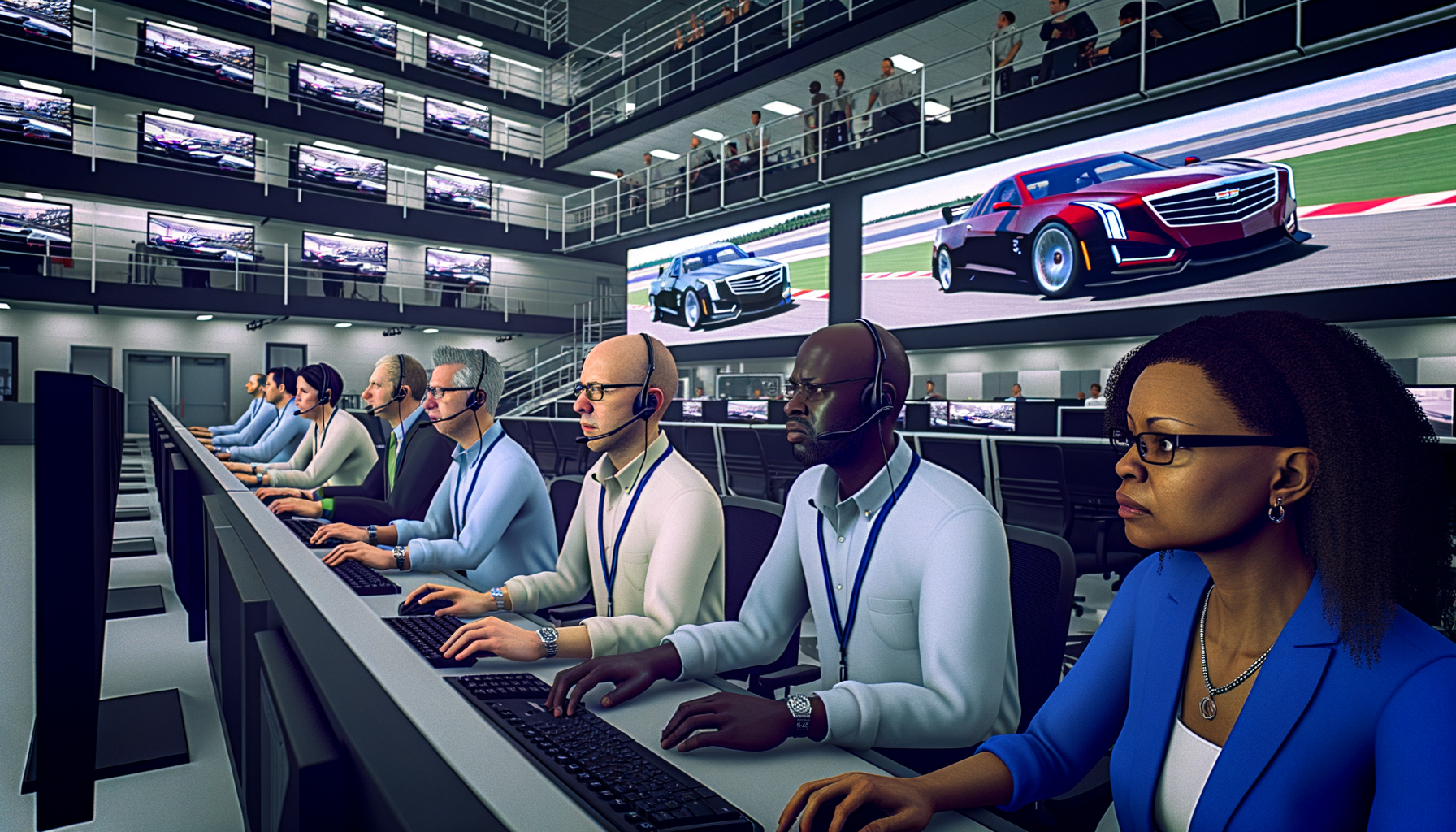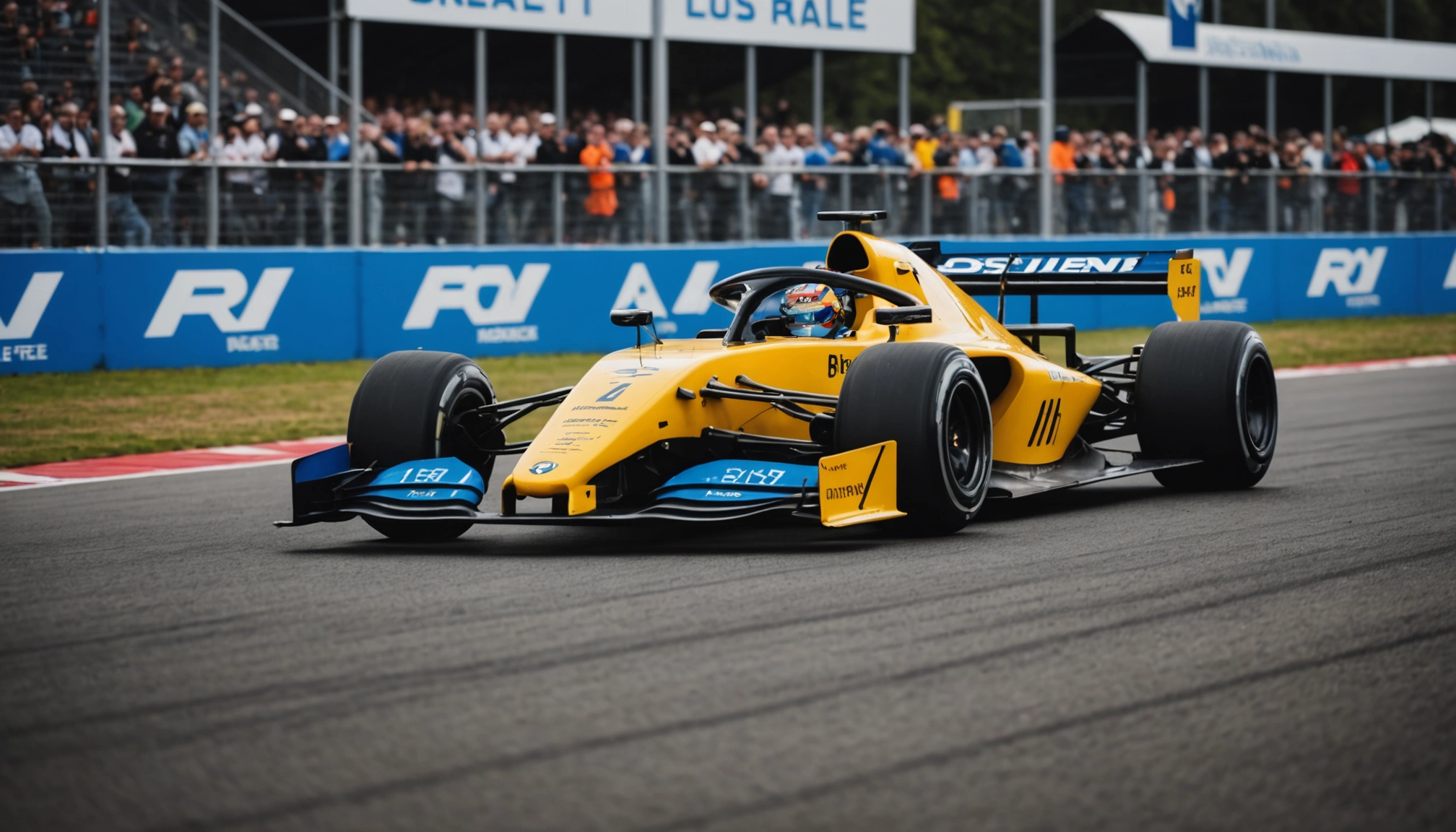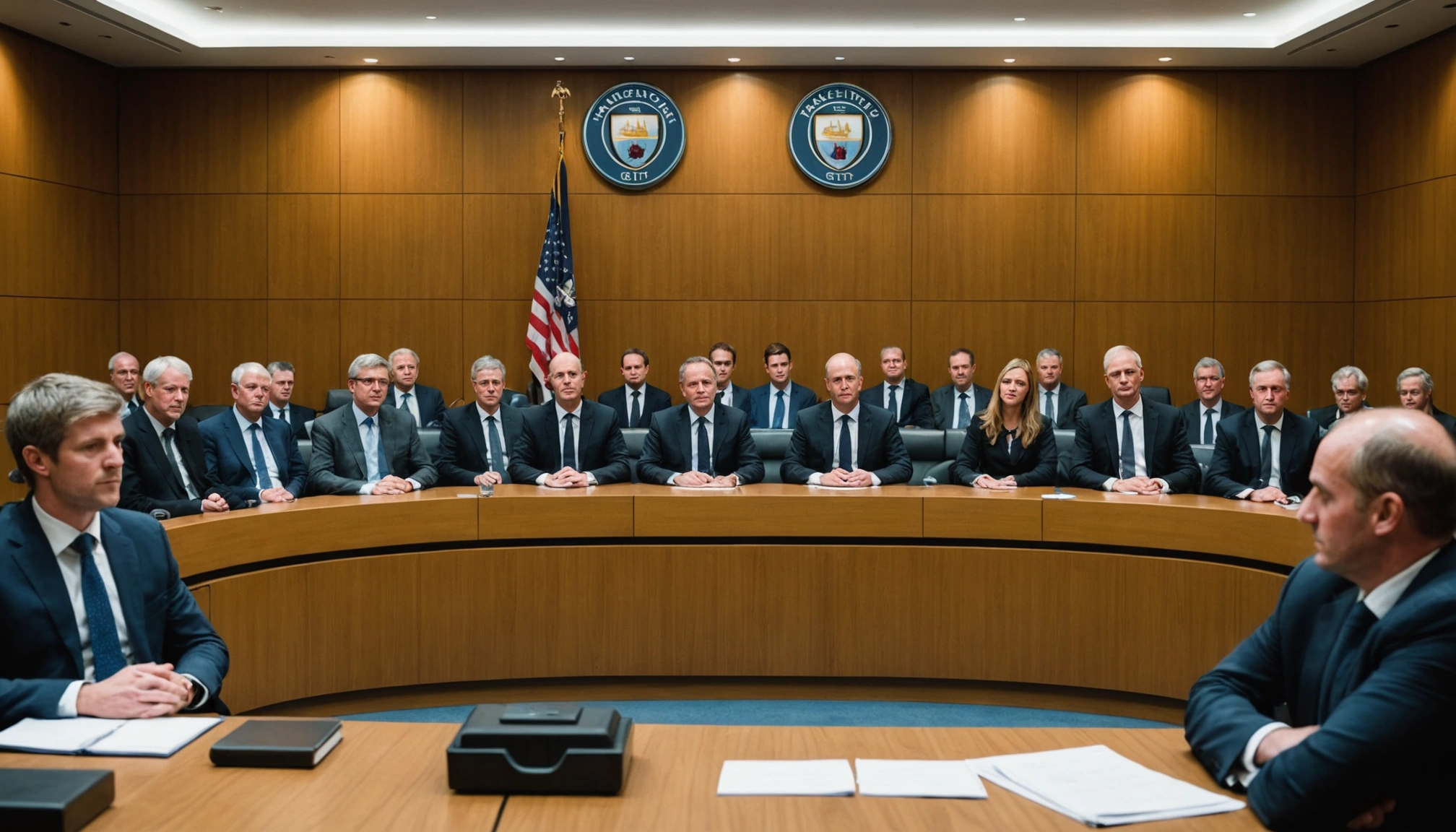How Cadillac’s Race Simulations Are Boosting F1’s Ghost Team
Discover how Cadillac’s advanced race simulations have improved F1’s ghost team, driving innovation and competitive advantage in motorsport technology.

By Editorial
Introduction To Cadillac’s Role In Formula One
Formula One has always been a sport where milliseconds matter, and teams invest heavily in technology to gain any possible edge. While Cadillac is traditionally known for its luxury vehicles, its cutting-edge race simulation technology is quietly revolutionising an intriguing aspect of F1: the so-called ‘ghost team’. This article explores how Cadillac’s expertise in simulations is enhancing performance behind the scenes and what this means for the future of the sport.
What Is The F1 Ghost Team?
The term ‘ghost team’ in Formula One refers to a virtual or behind-the-scenes team that runs extensive race simulations and data analytics without being the physical team on track. These virtual teams help main F1 constructors by testing new strategies, car setups, and race conditions without the limitations of real-world testing.
Cadillac’s involvement with such simulations is a relatively new development, but it has already shown promising results. By employing high-fidelity modelling and AI-driven algorithms, Cadillac has provided F1 teams with a powerful tool to predict race outcomes and optimise car performance.
How Cadillac’s Simulation Technology Works
High-Precision Modelling And AI Integration
Cadillac uses a combination of physics-based modelling and artificial intelligence to create highly accurate virtual racing environments. These simulations account for variables such as weather conditions, tyre degradation, track surface changes, and aerodynamic effects. This complexity allows teams to run thousands of virtual laps quickly and assess different race scenarios.
Real-Time Data Feedback Loops
One of the standout features of Cadillac’s system is its ability to integrate live telemetry data from actual race cars. This real-time feedback refines the simulations continually, ensuring the virtual models closely mirror on-track performance. This dynamic adjustment helps teams make informed decisions during practice sessions and even mid-race.
The Impact On Race Strategy And Car Development
With Cadillac’s simulations, F1 teams can test multiple strategies before committing resources on track. This includes:
- Optimising pit stop timing for minimal time loss
- Evaluating tyre compound choices under varied conditions
- Assessing fuel loads and consumption rates
- Predicting competitor moves and adapting tactics
Beyond strategy, the simulations contribute to car development by modelling aerodynamic tweaks and mechanical adjustments. For example, Cadillac’s virtual wind tunnel testing helps teams find incremental improvements without costly physical prototypes.
Case Study: Cadillac’s Influence During The 2023 F1 Season
During the 2023 season, one F1 team leveraged Cadillac’s simulation platform to improve qualifying laps significantly. By simulating over 2,000 different setups, the team identified a previously overlooked aerodynamic configuration that shaved crucial tenths of a second off lap times. This advantage played a role in their securing pole positions at key races.
This example underscores how virtual testing can translate into tangible on-track gains, even within the tight regulatory constraints of Formula One.
Why This Matters For The Future Of Motorsport
As motorsport becomes increasingly data-driven, the role of virtual teams and simulations will only grow. Cadillac’s contribution highlights a broader trend where manufacturers outside traditional F1 constructors provide technology that reshapes competition.
Moreover, the advancements in simulation technology have applications beyond racing. They feed into vehicle safety, efficiency, and autonomous driving research. This cross-pollination accelerates automotive innovation for everyday drivers.
Related Insights And Further Reading
For those interested in how technology and strategy intersect in sports, our analysis of Elliot Anderson’s rise provides a compelling look at talent development underpinned by data. Additionally, exploring our latest posts offers broad perspectives on sports innovation across disciplines.
Conclusion: The Competitive Edge Of Virtual Innovation
Cadillac’s race simulations represent a significant leap forward for the F1 ghost team concept. By blending AI, real-time data, and detailed physics modelling, they enable teams to explore strategies and designs impossible to test otherwise. This synergy of technology and sport is shaping the future of racing in the UK and beyond.
As the sport evolves, embracing such innovations will be critical for teams aiming to stay ahead in the relentless pursuit of speed and efficiency.
Related topics
Editorial
Sports expert at SportsScoop
Specialist in sports analysis and journalism
Related articles
Want to read more?
Explore our comprehensive collection of sports articles and analysis, or contact us for more information.



